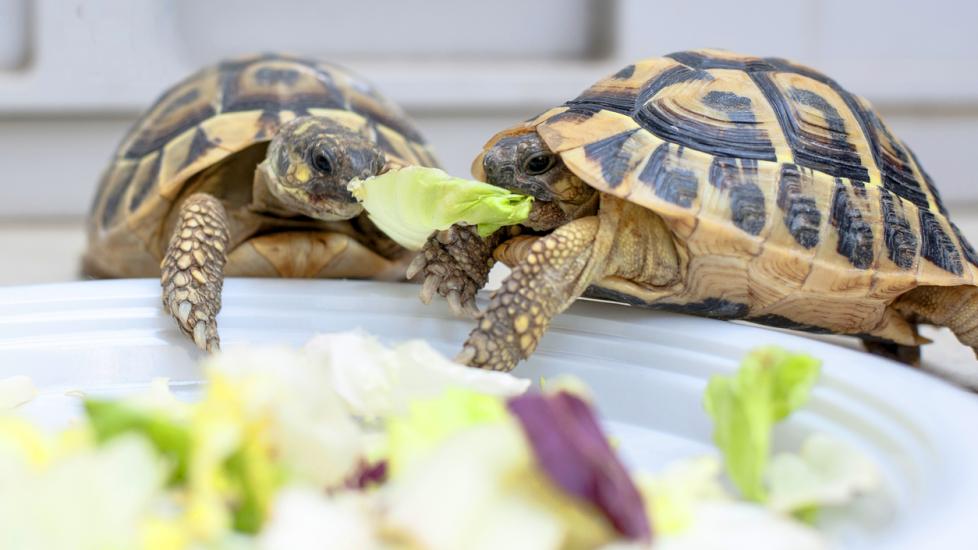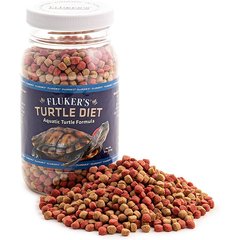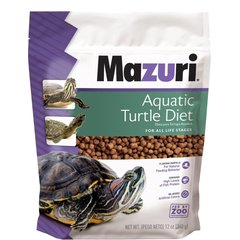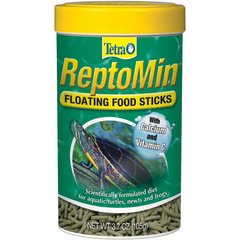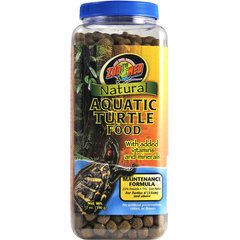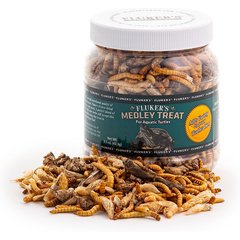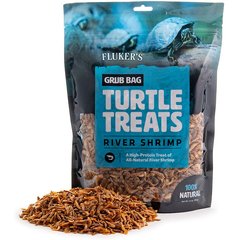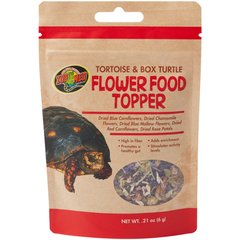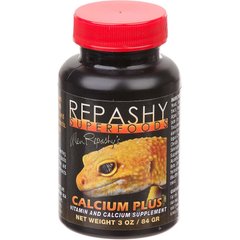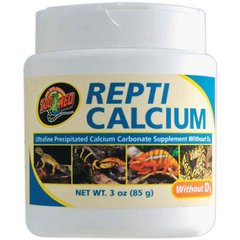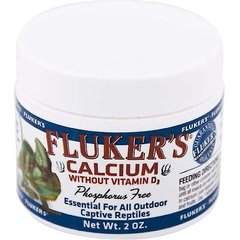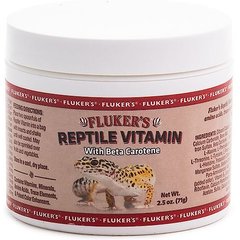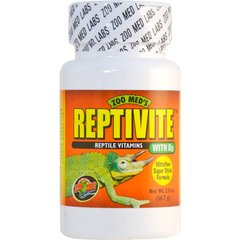What Do Turtles Eat?
iStock/talitha_it
Aquatic turtles kept as pets are typically more difficult to care for than most pet parents realize. One area of turtle care that needs special attention is pet turtle diet.
Key Takeaways
- Aquatic turtles are either carnivorous or omnivorous.
- All pet turtles need commercial pelleted turtle food.
- Many turtles prefer live food and fresh fruits and vegetables in addition to pelleted food.
- Pet turtles need nutritional supplements added to their regular turtle food.
What Do Turtles Eat?
Turtles should eat commercially available turtle pellets (which include required protein for their health) in addition to live food and a variety of vegetables. Turtles can even enjoy the occasional fruit or treat!
Each individual turtle’s diet should be thoroughly considered and researched based on the natural diet of the species and in coordination with a reptile veterinarian.
What To Feed Turtles
Most semiaquatic and aquatic turtles, such as red eared sliders, painted turtles, and pond turtles, are omnivores. This means they eat a combination of animal protein and vegetables. Omnivorous turtles should eat a mixture of multiple commercially produced turtle pellets, along with approved vegetables and plant matter.
Some species, such as the spiny soft-shell turtle, are considered carnivorous and eat primarily animal protein. Carnivorous turtles should eat a pellet mixture in addition to live animal protein.
Typically, aquatic turtles eat more animal protein when they are young and more veggies as they get older. It’s important to continue to evolve your turtle’s diet as they age.
Turtle Food
Many companies offer commercially available pellets for turtles. It could be beneficial to rotate different brands of pellets, so your turtle is exposed to multiple varieties to determine which they prefer.
Many of these diets are nutritionally complete and can meet the nutritional needs including vitamins, minerals and micronutrients for aquatic turtles.
Common commercial turtle diets include:
What Animals Do Turtles Eat?
Live food is an important source of protein for both carnivorous and omnivorous turtles. Carnivorous turtles will eat a higher percentage of live protein in addition to a variety of pellets.
Common live prey items include:
-
Feeder fish, such as goldfish, guppies, bait minnows, and smelt
-
Insects, such as earthworms, waxworms, mealworms, and bee moth larvae
-
Shellfish
-
Slugs
-
Snails
Dead fish should be removed from the aquarium immediately, as they can foul the water and increase bacteria in the water.
What Vegetables Do Turtles Eat?
Vegetables are often overlooked as part turtle food, but they should make up most of an adult omnivorous turtle’s diet.
Offer a wide variety of dark, leafy greens in addition to other vegetables. A turtle should never eat the same vegetables their entire life. This can lead to nutritional deficiencies or other diseases. Instead, offer two to three types of greens each feeding and one to two other veggies.
Highly nutritious vegetable sources for turtles include:
-
Collard greens
-
Mustard greens
-
Dandelion greens
-
Kale
-
Romaine
-
Swiss chard
-
Watercress
-
Endive
-
Bok choy
-
Escarole
-
Spinach
-
Duckweed
-
Shredded carrots and carrot tops
-
Squash
-
Green beans
-
Broccoli
-
Aquatic plants sold at aquarium stores (ensure they are specifically sold for aquatic pets)
Every one to two weeks, rotate through the options below to keep your turtle healthy and happy.
What Fruits Do Turtles Eat?
Some turtles may enjoy occasional fruit as well. Fruit should be offered raw. Cut or shred any fruits to help with swallowing and prevent choking. To help keep a turtle’s beak trim, you can offer pieces of cantaloupe with the rind still attached.
Some common turtle favorites include:
-
Apple
-
Melon
-
Berries
-
Banana
-
Grapes
-
Oranges
How Much to Feed a Turtle
The typical ratio of foods for an adult omnivorous turtle include:
-
More than 50% plant material
-
Around 25% pellets
-
Around 25% live animal protein
The typical ratio of foods for an adult carnivorous turtles include:
-
About 10–20% plant material
-
Around 50% carnivorous turtle pellets
-
Around 30–40% live animal protein
How Often to Feed Turtles
Adult turtles should be offered food every two to three days, while juveniles (less than 2 years) typically eat daily as they are growing.
Turtles, like most animals, enjoy treats from time to time. Treats can be offered once weekly. Treats should never make up more than 5% of their overall diet and include:
-
Commercially available aquatic turtle treats
-
Fruits, such as banana, melon, apples, and berries
Turtle Supplements
Adult turtles should also receive a vitamin and calcium supplement sprinkled on their diet two to three times a week. There are many brands of supplements available—make sure to use one labeled for turtles or reptiles. Talk to your veterinarian to determine which brand most appropriately meets your turtle’s needs.
Supplemental calcium can be provided using some of the following products in their diet:
Supplemental vitamins can be provided by using some of the following products in their diet:
What Can Turtles Not Eat?
There are a variety of items and foods that should never be placed in an aquarium with an aquatic turtle:
-
Frozen vegetables can be occasional turtle food but shouldn’t be fed as a staple vegetable. They are low of essential vitamins, and frequent feeding can result in long-term illness in your turtle.
-
Frozen or freeze-dried fish are also often deficient in essential vitamins and should not be fed.
-
Earthworms and other insects from your yard should not be offered, as they may introduce bacteria, pesticides, or parasites to your turtle.
-
Dog or cat food can be OK to give your turtle as an occasional treat but should never be used as a main diet staple.
-
Raw chicken or ground beef should not be offered, as they commonly contain foodborne disease.
-
Avocados, as they are toxic to turtles.
-
Toxic plants, such as amaryllis, azaleas, lilies, and marijuana.
References
-
Pollock DVM, DABVP, Christal. Lafeber.com Care of Aquatic & Semiaquatic Turtles.
-
Horton DVM, Susan. Chicago Exotics Animal Hospital. General Care of Aquatic Turtles.
-
Morris, Paula. Chelonia.org Basic Care - Water Turtles. 2005.
-
Kaplan, Melissa. Anapsid.org. Red-Eared Sliders. 1994.
